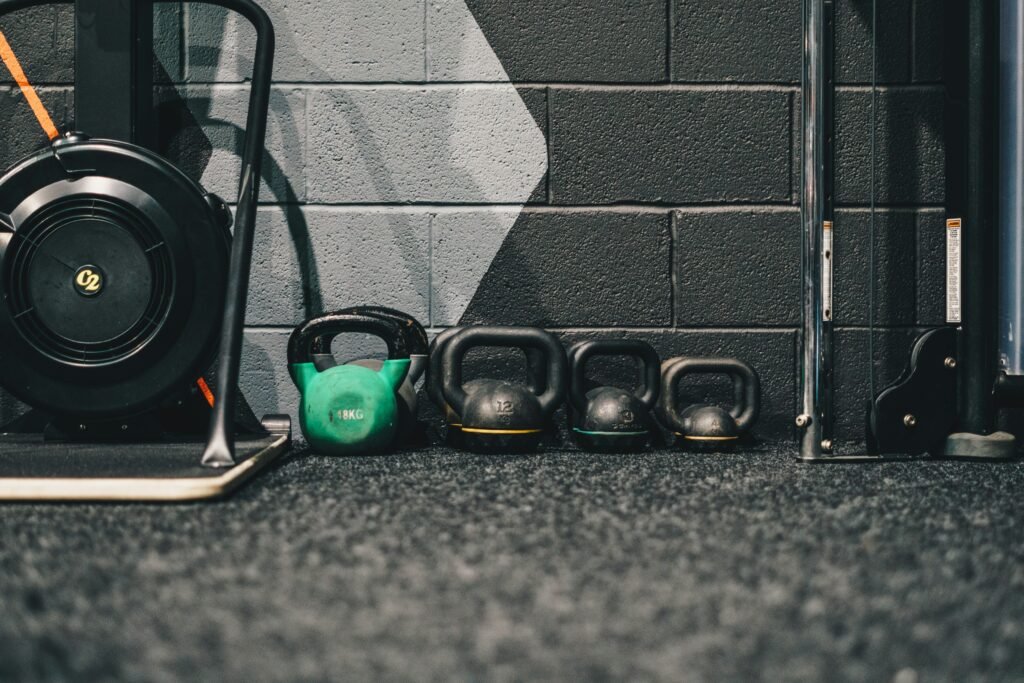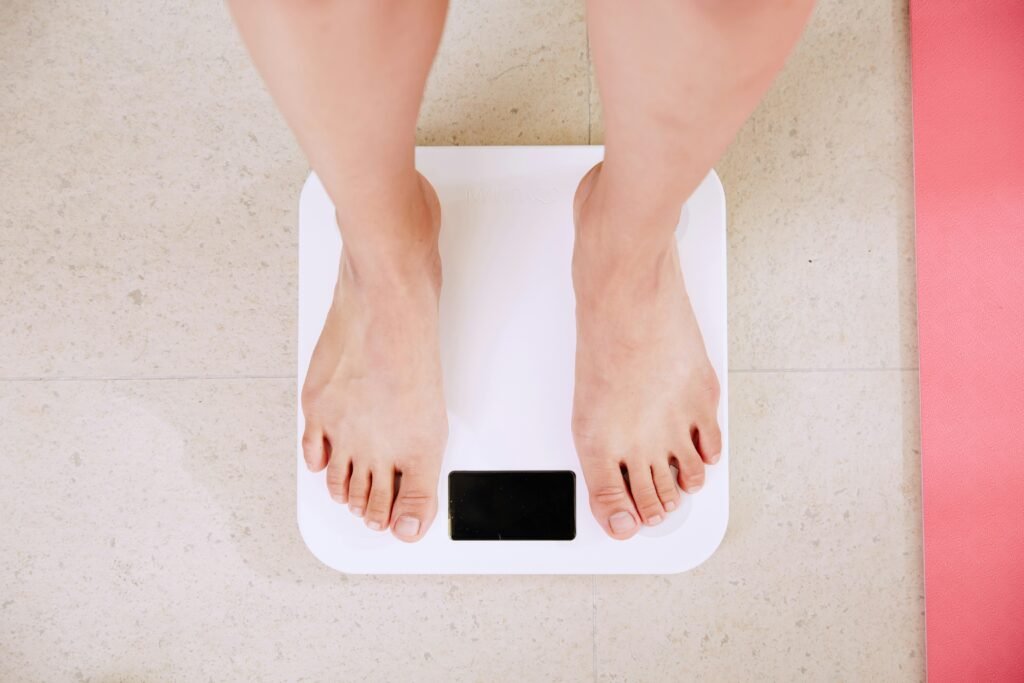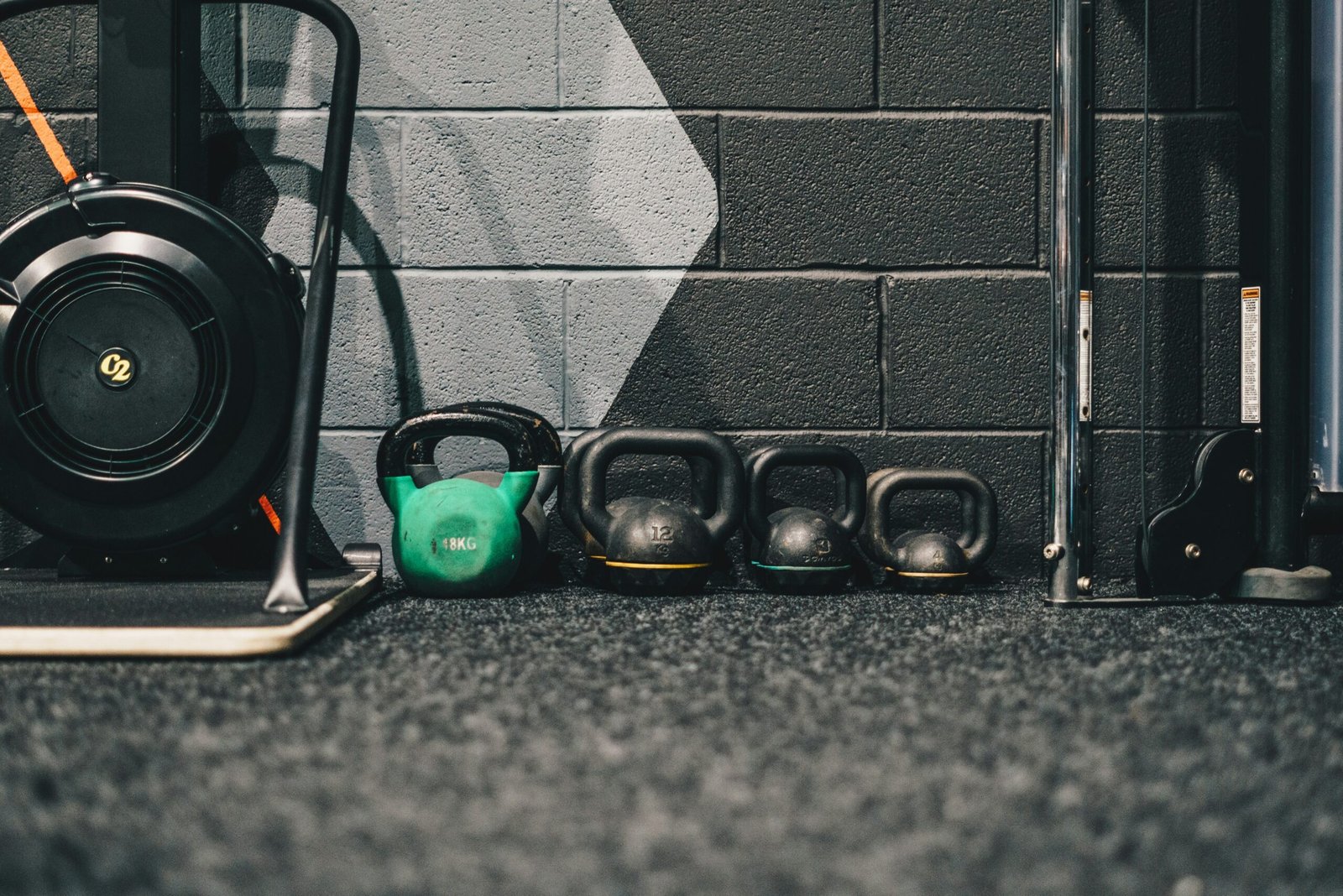Setting Realistic Weight Loss Goals
Welcome to your guide on setting realistic weight loss goals! It can be easy to get caught up in the excitement of starting a new diet or exercise routine, but it’s important to set achievable goals to set yourself up for success. By setting realistic goals, you can avoid feeling discouraged and stay motivated on your weight loss journey. In this article, we’ll discuss the importance of setting attainable goals, how to set specific and measurable objectives, and tips for staying on track as you work towards your target weight. Let’s get started on creating a plan that sets you up for success in your weight loss journey! Hey there! Are you struggling to set realistic weight loss goals? Don’t worry, you’re not alone. Setting achievable goals is crucial for successful weight loss journey. Let’s dive into some tips and strategies to help you set realistic weight loss goals that you can actually achieve.

This image is property of images.unsplash.com.
Importance of Setting Realistic Weight Loss Goals
Setting realistic weight loss goals is essential for several reasons. First, it helps you stay motivated and focused on your journey. Unrealistic goals can lead to frustration and disappointment, which can derail your progress. Setting achievable goals also allows you to track your progress and celebrate your achievements along the way. It’s all about finding a balance between challenging yourself and setting yourself up for success.
Understanding the Basics of Weight Loss
Before you set your weight loss goals, it’s important to understand the basics of weight loss. Weight loss occurs when you burn more calories than you consume. This is known as a calorie deficit. To lose one pound of fat, you need to create a calorie deficit of 3,500 calories. This can be achieved through a combination of diet, exercise, and lifestyle changes.

This image is property of images.unsplash.com.
Calculating Your Ideal Weight
One common way to determine a healthy weight range is by calculating your Body Mass Index (BMI). Your BMI is a measure of your body fat based on your height and weight. A BMI between 18.5 and 24.9 is considered healthy. You can calculate your BMI using the following formula:
[ BMI = \frac ]
For example, if you weigh 70 kg and are 1.75 meters tall, your BMI would be calculated as follows:
[ BMI = \frac = \frac \approx 22.9 ]
Based on this calculation, a BMI of 22.9 falls within the healthy weight range.
Setting SMART Goals
When setting weight loss goals, it’s important to follow the SMART criteria. SMART stands for Specific, Measurable, Achievable, Relevant, and Time-bound. Let’s break down each component:
- Specific: Your goals should clearly define what you want to achieve. For example, instead of saying “I want to lose weight,” a specific goal would be “I want to lose 10 pounds in the next 3 months.”
- Measurable: Your goals should be quantifiable so that you can track your progress. For example, tracking your weight loss in pounds or inches.
- Achievable: Your goals should be realistic and attainable based on your current lifestyle and habits. Setting a goal that is too ambitious can set you up for failure.
- Relevant: Your goals should align with your overall weight loss objectives and be meaningful to you personally.
- Time-bound: Your goals should have a deadline or timeframe for completion. This helps you stay focused and motivated.
By following the SMART criteria, you can set goals that are both realistic and achievable, setting yourself up for success on your weight loss journey.

This image is property of images.unsplash.com.
Creating Action Plans
Once you’ve set your SMART goals, it’s time to create action plans to help you achieve them. An action plan outlines the specific steps you will take to reach your goals. Here’s a simple example of an action plan for a weight loss goal:
| Goal | Lose 10 pounds in 3 months |
|---|---|
| Action Steps | 1. Track your daily caloric intake 2. Exercise for at least 30 minutes a day 3. Drink at least 8 glasses of water each day 4. Meal prep healthy lunches for the week 5. Limit sweets and processed foods |
By breaking down your goals into actionable steps, you can make progress towards your objectives with a clear roadmap in place.
Tracking Your Progress
Tracking your progress is key to staying motivated and on track with your weight loss goals. There are several tools and methods you can use to track your progress, including:
- Food journal: Keeping a food journal can help you become more aware of your eating habits and track your caloric intake.
- Weight scale: Weighing yourself regularly (e.g., once a week) can help you monitor your progress towards your weight loss goal.
- Body measurements: Taking measurements of your waist, hips, and other areas can show changes in body composition, even if the scale doesn’t move.
- Fitness tracker: Using a fitness tracker can help you monitor your physical activity levels and set goals for steps taken or calories burned.
By using these tracking methods, you can stay accountable and make adjustments to your plan as needed to stay on course towards your weight loss goals.
Celebrating Small Wins
Celebrating your achievements, no matter how small, is essential for staying motivated on your weight loss journey. Small wins can include reaching a mini-goal, fitting into a pair of jeans that didn’t fit before, or consistently hitting your daily step count. Celebrate these victories to acknowledge your hard work and progress.
Overcoming Setbacks
It’s normal to experience setbacks on your weight loss journey. Life can be unpredictable, and there may be times when you face challenges that derail your progress. The key is not to give up when setbacks happen. Instead, use them as learning opportunities to reevaluate your goals and make adjustments to your plan.
If you have a bad day or slip-up on your diet, don’t beat yourself up. Remember that it’s all part of the process, and tomorrow is a new day to get back on track. Seek support from friends, family, or a support group to help you stay motivated during challenging times.
Reevaluating Your Goals
As you make progress towards your weight loss goals, it’s essential to periodically reevaluate and adjust them as needed. Your goals may change as you lose weight, improve your fitness level, or your priorities shift. Keep an open mind and be willing to modify your goals to stay aligned with your current circumstances and progress.
Seek Professional Guidance
If you’re struggling to set realistic weight loss goals or need personalized guidance, consider seeking support from a healthcare professional or a certified nutritionist or dietitian. These experts can provide tailored advice based on your individual needs and goals, helping you create a sustainable plan for long-term success.
Final Thoughts
Setting realistic weight loss goals is a crucial step on your journey towards a healthier lifestyle. By following the SMART criteria, creating action plans, tracking your progress, celebrating achievements, overcoming setbacks, and seeking professional guidance when needed, you can set yourself up for success in reaching your weight loss goals. Remember that progress takes time, and consistency is key. Stay focused, stay motivated, and stay committed to your goals. You’ve got this!



